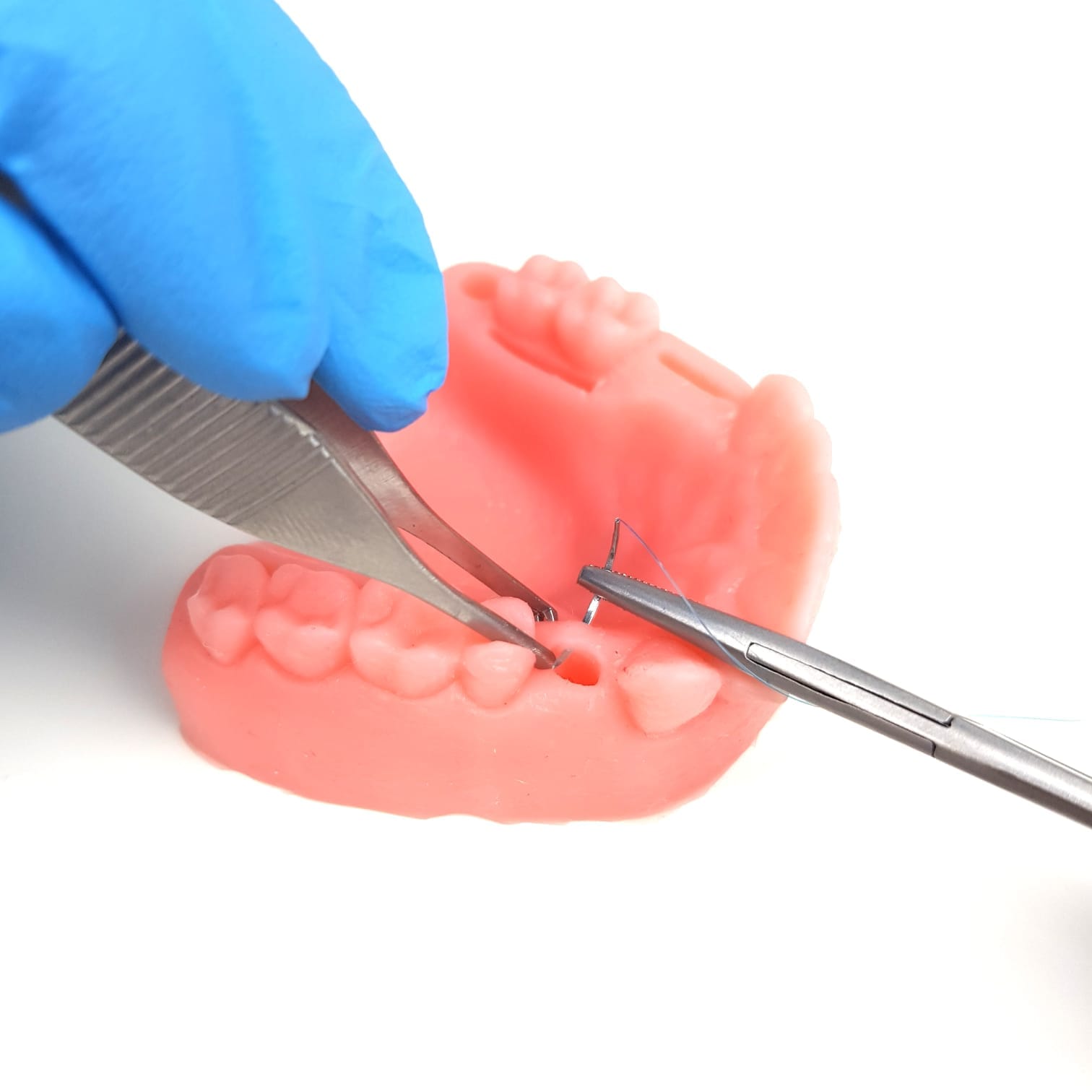Maintaining good oral health is crucial for your overall well-being, yet dental care can be costly without insurance. According to the National Association of Dental Plans, about 66% of Americans have some form of dental benefits. If you’re among the 34% without coverage, you might be asking yourself how to secure dental insurance.
In this engaging guide, we’ll walk you through everything you need to know about obtaining dental insurance in 2024. From understanding the various types of plans to comparing costs and coverage, you’ll gain the insights necessary to make informed decisions about protecting your smile.
Why Dental Insurance Matters
Dental insurance acts as a financial safety net, assisting individuals in covering preventive care and necessary treatments. Without coverage, many people skip routine check-ups and cleanings, leading to more severe and costly dental issues later on.
Key Benefits of Dental Insurance:
- Access to Preventive Services: Enjoy cleanings, exams, and X-rays often at no additional cost.
- Coverage for Basic Procedures: Get help with fillings, extractions, and root canals.
- Potential Coverage for Major Work: Assistance with crowns, bridges, and dentures.
- Reduced Out-of-Pocket Expenses: Save money on essential dental care.
- Improved Oral Health: Early detection of dental issues leads to better outcomes.
Types of Dental Insurance Plans
When shopping for dental insurance, it’s essential to understand the different types of plans available:
1. Dental Health Maintenance Organizations (DHMOs)
DHMOs function similarly to medical HMOs. You select a primary care dentist from the provider network who coordinates all your dental care.
- Pros:
- Lower monthly premiums
- No annual deductibles or maximums
- Fixed copayments for covered services
- Cons:
- No out-of-network coverage
- Referrals required for specialty services
2. Dental Preferred Provider Organizations (DPPOs)
DPPOs offer greater flexibility by allowing visits to any licensed dentist while saving more by choosing in-network providers.
- Pros:
- More extensive provider options
- No referrals needed for specialty care
- Cons:
- Higher monthly premiums than DHMOs
- Annual deductibles and maximums apply
3. Dental Indemnity Plans
Also known as fee-for-service plans, these allow visits to any dentist without network restrictions.
- Pros:
- Flexibility in choosing any licensed dentist
- Cons:
- Highest monthly premiums
- Potential waiting periods for certain procedures
4. Dental Discount Plans
While not traditional insurance, these plans provide discounted rates on dental services for an annual fee.
- Pros:
- No waiting periods or annual maximums
- Immediate access to discounts
- Cons:
- Must visit participating dentists to receive savings
Factors to Consider When Choosing Dental Insurance
With numerous options available, it’s vital to evaluate your unique needs and budget when selecting a plan. Here are some key factors:
Coverage Levels
Dental plans typically categorize services into three tiers:
- Preventive Services (e.g., cleanings): Usually covered at 100%
- Basic Services (e.g., fillings): Typically covered at 70-80%
- Major Services (e.g., crowns): Often covered at 50%
Provider Networks
If you have a preferred dentist, confirm their participation in the plan’s network before enrolling. This can significantly reduce your out-of-pocket expenses.
Waiting Periods
Some plans impose waiting periods for specific services. If extensive work is anticipated, look for plans with minimal or no waiting periods.
Annual Maximums
Most plans cap their annual payouts between $1,000 and $2,000. If you expect costly procedures, consider plans with higher limits.
Deductibles and Copayments
Evaluate the associated costs; lower deductibles often mean higher premiums but can save you money in the long run.
Orthodontic Coverage
If braces or other orthodontic treatments are needed, ensure your plan includes this coverage—often subject to lifetime limits.
How to Obtain Dental Insurance
Now that you understand the types of dental insurance and key considerations, let’s explore how to secure coverage:
1. Employer-Sponsored Plans
Many employers offer dental insurance as part of their benefits package. If eligible, this is often the most cost-effective option due to:
- Lower premiums from group rates
- Potential employer contributions toward premiums
- Convenient payroll deductions
2. Individual Plans
If employer-sponsored coverage isn’t available, consider purchasing an individual plan directly from an insurer or through the Health Insurance Marketplace. When buying an individual plan:
- Compare quotes from multiple insurers.
- Review plan details carefully.
3. Dental Savings Plans
As an alternative to traditional insurance, dental savings plans provide reduced rates on services for an annual membership fee.
4. Government Programs
Depending on age and income, you may qualify for government-sponsored dental coverage such as:
- Medicaid: Limited benefits for eligible low-income adults.
- Children’s Health Insurance Program (CHIP): Coverage for children from low-income families.
Check with your state’s Medicaid office or visit HealthCare.gov for eligibility details.
Tips for Maximizing Your Dental Insurance Benefits
Once you have coverage, follow these tips to make the most of it:
- Prioritize Preventive Care: Utilize fully covered check-ups and cleanings.
- Stay In-Network: Choose in-network dentists to minimize costs.
- Plan Ahead for Major Procedures: Strategize with your dentist on how best to utilize your benefits.
- Understand Your Plan’s Limitations: Familiarize yourself with what is covered and any exclusions.
- Use Your Benefits Before They Expire: Schedule treatments before your annual maximum resets.
Conclusion
Investing in dental insurance can significantly ease the financial burden of maintaining a healthy smile. By understanding various types of plans and considering your unique needs, you can find the right solution for you and your family.
Remember that preventive care is crucial for long-term oral health—prioritize regular check-ups and cleanings. With the right dental insurance plan and a commitment to good oral hygiene habits, you’ll be well on your way to a lifetime of healthy teeth and gums!














